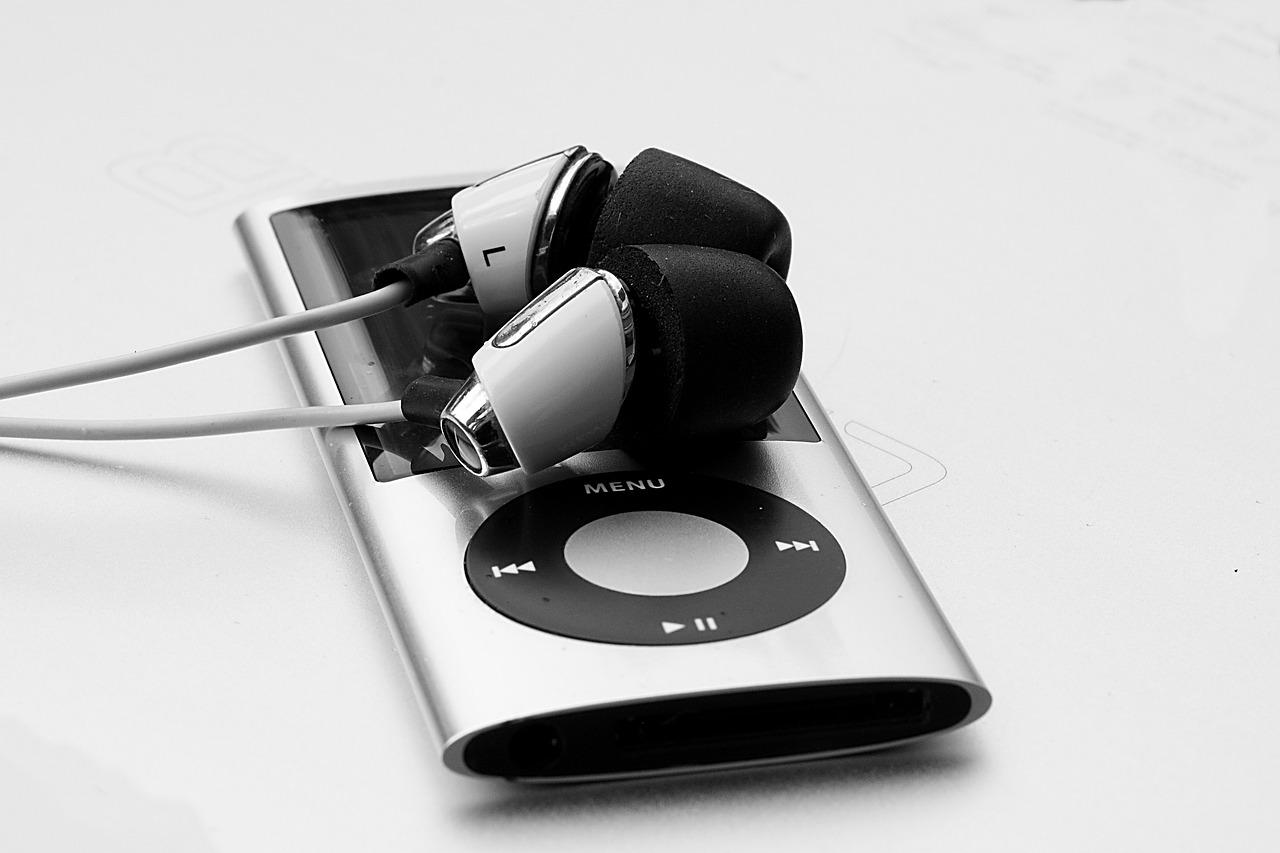Are you tired of running into compatibility issues with your favorite video files? You’re not alone! If you’ve ever tried to play an MKV file on a device that just won’t budge, you know how frustrating it can be. But fear not! The world of video formats can be a maze, but today, we’re here to pull back the curtain and simplify the process for you. In this article, we’ll walk you through the easy steps to convert MKV files into the more universally-friendly MP4 format. Whether you’re looking to watch your movie on the go or share clips with friends, we’ve got you covered. Grab your popcorn and let’s get started on this journey to unlock the potential of your video library!
Understanding the Differences Between MKV and MP4 Formats
When it comes to video formats, MKV and MP4 are two of the most popular players in the game, each boasting its own unique strengths and weaknesses. MKV, or Matroska Video, is like that oversized toolbox in your garage—it can hold a plethora of information, including subtitles, multiple audio tracks, and even chapters, all packed neatly into a single file. This makes it ideal for high-quality video and complex content. On the flip side, MP4 is your reliable yet versatile Swiss Army knife. It’s widely supported across all devices and platforms, making it user-friendly for anyone looking to watch videos without technical fuss. So, if you want a rich media experience loaded with features, MKV might be your best bet, but if you’re after broad compatibility and ease of use, MP4 usually takes the cake.
Another key difference lies in their compression and quality. MKV files can be larger due to their ability to store high-definition content, which makes them great for archiving purposes. However, this can sometimes lead to longer loading times or buffering issues, especially on less powerful devices. In contrast, MP4 files are typically more compressed, which means they sacrifice a bit of quality for quicker streaming and easier playback on a variety of devices. Here’s a quick comparison to illustrate the core differences:
| Feature | MKV | MP4 |
|---|---|---|
| Storage Capacity | High | Moderate |
| Quality | Excellent | Good |
| Device Compatibility | Limited | Widespread |
| Subtitles Support | Yes | No |
Choosing the Right Software for Seamless Conversion
When it comes to converting MKV to MP4, the choice of software can make all the difference between a seamless experience and one filled with frustrations. It’s like picking the right tool for a job; you wouldn’t use a hammer to turn a screw, right? Look for features that cater to your needs, such as user-friendly interfaces, fast conversion speeds, and support for high-definition quality. Additionally, consider whether the software allows batch conversions, which can save you tons of time if you’ve got a whole bunch of videos waiting to be transformed. Don’t forget to check for compatibility with your operating system, as some programs are limited to Windows or macOS.
Another vital aspect to consider is the availability of customization options. You might want to tweak settings like resolution, bit rate, or audio quality to fit your specific use case. A handy comparison table can help you weigh your options effectively. Here’s a quick overview of some popular software choices:
| Software | Speed | Customization | Price |
|---|---|---|---|
| HandBrake | Fast | High | Free |
| Freemake Video Converter | Moderate | Medium | Free/Paid |
| Wondershare UniConverter | Very Fast | High | Paid |
Before settling on any option, take some time to read user reviews and ratings. They often reveal the real deal about a software’s performance and reliability, much like asking a friend for their opinion on a new restaurant you’re thinking of trying. In the world of video conversion, a minor mistake can lead to pixelated results or loss of audio sync, so don’t hesitate to do your homework!
Step-by-Step Guide to Convert MKV Files to MP4
Converting MKV files to MP4 may sound like a daunting task, but it’s as simple as pie! First off, you’ll want to gather the right tools. Thankfully, there’s a wide array of software and online converters available that can make this process a breeze. Here’s what you need to do:
- Choose Your Tool: Pick a reliable converter. Options like HandBrake, VLC Media Player, and online platforms like CloudConvert are popular for their user-friendly interfaces.
- Upload Your MKV File: Open your chosen software and find the file upload section. Drag and drop or browse to locate your MKV file.
- Set the Output Format: Make sure to select MP4 as your output format. Most converters will have an easy dropdown menu for this.
- Adjust Settings (Optional): If you’re feeling adventurous, tweak video and audio settings such as resolution or bitrate for just the right quality.
- Convert! Hit that convert button and watch the magic happen while you sip on your coffee.
Now, the real excitement begins once you’ve got your file ready to convert. Large files might take a moment, and remember, patience is key! Once the conversion is complete, a notification will pop up. You can now easily download the MP4 file to your device. To keep things tidy, consider organizing your new files in folders. Below is a handy table to help visualize what you could change while converting:
| Setting | Recommendation |
|---|---|
| Video Codec | H.264 |
| Audio Codec | AAC |
| Resolution | 1920×1080 (for HD) |
| Bitrate | 4,000 – 8,000 kbps |
And just like that, you are ready to enjoy your newly converted MP4 media without a hitch!
Tips to Optimize Your Converted Videos for Playback
Once you’ve successfully converted your MKV files to MP4, it’s time to turn your attention to enhancing playback quality. Think of it like seasoning a dish; the right tweaks can elevate the experience remarkably. First off, consider adjusting the resolution. If your files are in Full HD, but you’re planning to watch them on a smaller device, scaling down could save space without sacrificing quality. On the flip side, if you’re aiming for big-screen fun, you might want to up the resolution to 4K. Then there’s the bitrate—lowering it can compress your video and make it easier to stream, but be cautious; too much compression can lead to pixelation. Aim for a balance that keeps the viewing experience sharp yet accessible.
Another important aspect is the audio settings. MP4 files can hold various audio tracks, so if your video comes with multiple languages or sound options, don’t forget to select the most fitting one for your audience. Also, check the codec settings. Using AAC for audio ensures wider compatibility with devices and generally delivers great sound quality. Speaking of compatibility, if you plan on sharing your videos, testing them on different devices beforehand can save you a lot of headaches later. After all, wouldn’t you hate to miss out on your favorite film due to a tech mishap? Here’s a handy table that outlines some key factors to keep in mind:
| Feature | Recommendation |
|---|---|
| Resolution | Choose based on playback device |
| Bitrate | Balance quality vs. file size |
| Audio Codec | AAC for compatibility |
| Device Testing | Preview on multiple devices |
To Wrap It Up
And there you have it! Unlocking the secrets to converting MKV to MP4 can feel like a breeze with the right steps at your fingertips. Whether you’re looking to free up space, improve compatibility with your devices, or simply change things up for your media library, you now have the guidance to make it happen seamlessly. Think of it as transforming a house into a cozy home—sometimes, a little rearranging makes all the difference!
As you venture into the world of video conversions, keep these easy steps in mind, and don’t hesitate to refresh your skills whenever needed. The digital landscape is ever-evolving, but with the ability to convert formats, you’ll always be one step ahead, ready to enjoy your favorite content any way you like. Happy converting!





